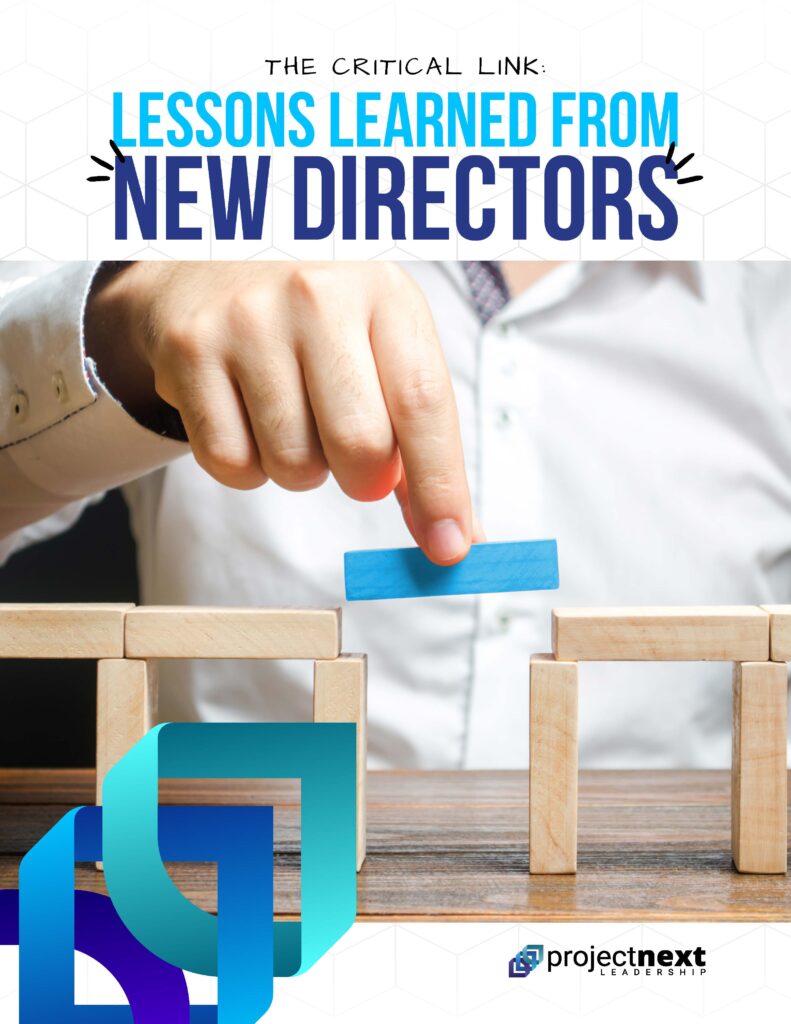Leadership summits are often the annual meet-up of a company’s senior leaders, typically VP level and above. Traditionally, we’ve seen companies design these summits as part pep talk, part knowledge-sharing session, and part hangout at the bar. But they can (and need to be) so much more. The proliferation of dispersed leadership teams at most companies is bringing leadership summits back in vogue with the recognition that in-person time is critical. Video conferencing and a-synch work is part of our natural rhythm now, but building relationships, getting aligned and developing esprit de corps is still best done face to face. However, leadership summits often fall short of justifying the considerable financial investment and don’t capitalize on the opportunity to meet face to face. Beyond the costs associated with venue bookings, speaker fees, and travel arrangements, there is also the opportunity cost of withdrawing these highly compensated leaders from their teams and daily obligations.
Yet, in today’s dynamic business environment, the stakes of not gathering are even higher. When leadership lacks alignment with the company’s strategic vision and the ability to collaborate seamlessly across the organization, the repercussions are profound.
How do we ensure these leadership summits have the impact that’s desired? In our recent work with organizations to design and deliver effective summits, we have identified four key elements for success.
- Get Down to Business: Summits should zero in on the most pressing 1-2 issues facing the company and its leaders at this juncture in their journey. It’s the perfect opportunity to realign leaders with the strategic imperatives and priorities, pump up motivation, initiate change efforts, and provide them with the key messages to take back to their teams. Face-to-face interactions are key for sparking enthusiasm—Zoom just isn’t as good when it comes to conveying those subtle emotional cues that foster genuine engagement. Leadership is inherently active, not passive, and so too should be the summit. It’s not just a meeting, it also can be a development experience. What knowledge and skills should they learn? How can they translate insights into action upon returning to their busy schedules? The summit isn’t a departure from work; it is the work—understanding strategy, building relationships, and setting priorities. Gone are the days when leaders should anticipate offsites as opportunities to sit back and hear others talk at them. These should be gatherings where leaders are working – together – to achieve something
- Forge Connections: In our post-covid world, summits are often the only chance for leaders to meet face-to-face with their colleagues from across the organization. With our dispersed global organizations, building personal relationships and trust is essential for future collaborations and problem-solving. Yes, we can build trust remotely, but there’s something different about in-person chats that speeds up the process. All leaders in all departments have interdependencies. Social interactions during breaks and meals are valuable, but people often gravitate to familiar faces. Intentional design can spark cross-department connections that last long after the summit is over. When leaders at an established start-up going through a significant transformation were put into cross-functional groups to discuss current challenges, many leaders reported that they never would have thought to ask a colleague in another department about their issues – they generally just worked with their team and certainly within their own department. But coming out of the offsite, they vowed to regularly seek fresh perspectives from key colleagues in other departments. We have also seen new business (product or process) ideas come out of these cross-functional pairings that were outside of their day-to-day connections.
- Fresh Perspectives: Outside speakers can add a healthy dose of perspective and new ideas. Keynotes can be good, but adding in on-stage discussions with the company’s leaders will help steer the discussion to what matters most at the company right now. Who can shake up our leaders’ thinking? Who can help us see around corners and help us plan for what’s to come? How can we integrate the voice of the customer into the discussion—perhaps even through direct participation? How do our customers navigate the marketplace? What are their expectations from our organization? Consider inviting a panel of customers interviewed by one of the executives. Or an industry speaker who can give the perspective of why the changes in the market are happening now and how to capitalize on the shifts. The key is adding in small group discussion time right afterwards while the concepts are fresh and people’s minds are active. We recently invited a panel of “young leaders” to talk at our company offsite about their challenges to give a fresh perspective on the new generation of leaders at work. We now have new product and research ideas that came directly from that discussion.
- Space Matters: Our environment sets the tone. There is substantial research that shows the place we are in affects how effectively we work. We are all highly impacted by space, usually unconsciously. A ballroom with no windows in an area with no place to go outside, with tired carpet and fluorescent lighting, will sap anyone’s energy. Instead, how can you be intentional about leveraging a space that gets everyone energized and connected? We recently talked with a biotech CEO who was looking to bring her team together and rented a house with enough bedrooms to hold the whole team. She said it was a game-changer to create the human connection of making coffee together, walking outside for more expansive thinking and being in a space that promoted real conversations. For a large summit of 100+ leaders, the choice may be more about natural lighting, expansive views, and the outside space to move and meet other leaders. Human touches in the room can make a difference as well, like intentional seating or something unique on the tables.
Our clients have found that working with an experienced partner focused on senior teams gives them the design and facilitation support that a strong internal team can leverage to be successful. Leadership summits are often the highest profile event of the year, requiring large investments of time, money and effort to pull them off. With intention, they can be highly impactful ways to align and inspire a team. But too many organizations take for granted what it takes to make summits the great experiences they are meant to be. Don’t let your next leadership summit be a missed opportunity; with intentional design and expert guidance, it can catalyze powerful alignment and engagement for the road ahead.

